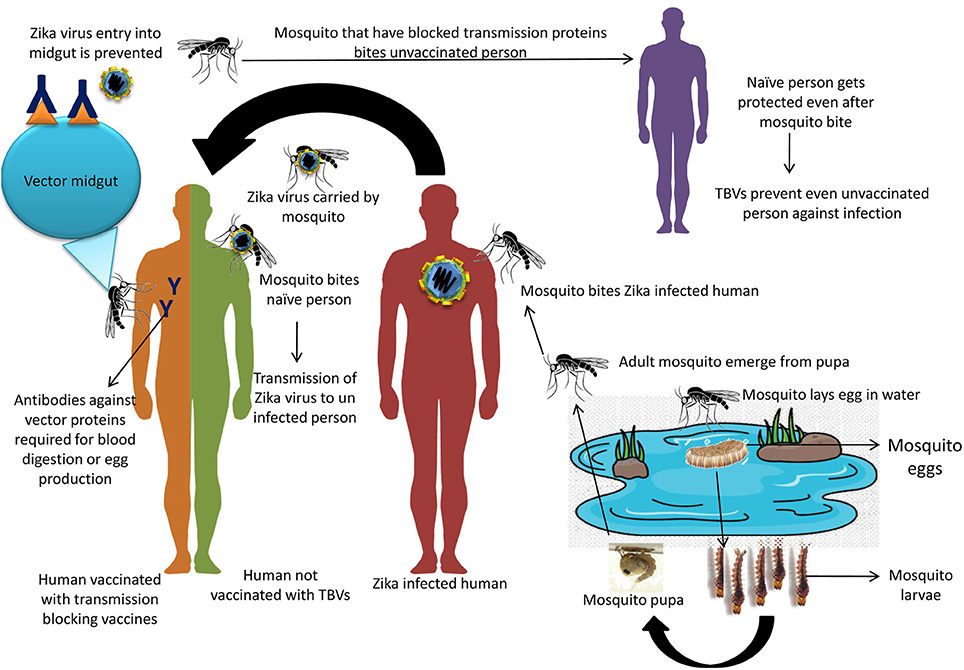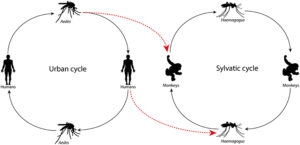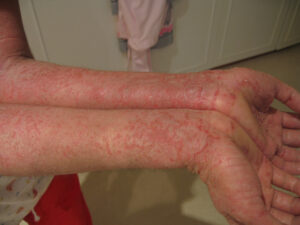The Zika Virus Infection, commonly referred to as ZVI or Zika Fever, has gained significant attention in recent years due to its rapid spread and potential health risks. This article provides a comprehensive overview of the disease, including how it spreads, its symptoms, and measures to prevent infection.
Overview of Zika Virus Infection
The Zika Virus is a mosquito-borne illness that was first identified in 1947 in the Zika Forest of Uganda. For decades, it remained relatively obscure, causing only sporadic cases in Africa and Asia. However, in 2015, a major outbreak occurred in Brazil, which quickly spread to other parts of the Americas. The virus belongs to the Flaviviridae family, which also includes dengue, yellow fever, and West Nile virus. While most people infected with the virus experience mild or no symptoms, there are serious concerns about its impact on pregnant women and their unborn children.
Why Is Zika Virus a Global Concern?
- Link to Birth Defects: The virus has been associated with microcephaly, a condition where babies are born with abnormally small heads and underdeveloped brains.
- Rapid Spread: The ease of transmission through mosquitoes and other means has made it challenging to control outbreaks.
- Potential Long-Term Effects: Research is ongoing to understand the long-term health implications for infected individuals.
How Zika Virus Spreads
The primary mode of transmission for the Zika Virus is through the bite of an infected mosquito. However, the virus can also spread through other means, making it a complex public health challenge.
Mosquito-Borne Transmission
The Aedes species of mosquitoes, particularly Aedes aegypti and Aedes albopictus, are responsible for spreading the virus. These mosquitoes are active during the day and thrive in warm, humid environments. They breed in stagnant water, such as in flower pots, discarded tires, and even small puddles. When an infected mosquito bites a human, it transmits the virus into the bloodstream.
Other Modes of Transmission
- From Mother to Child: Pregnant women infected with the virus can pass it to their unborn babies, leading to severe developmental issues.
- Through Sexual Contact: The virus can be transmitted through unprotected sexual intercourse, even if the infected person does not show any symptoms.
- Blood Transfusion: Although rare, there have been documented cases of transmission through blood transfusions.
Symptoms of Zika Virus Infection
One of the reasons the Zika Virus can be difficult to detect is that many infected individuals do not exhibit noticeable symptoms. When symptoms do occur, they are usually mild and last for several days to a week. Common signs of infection include:
Common Symptoms
- Fever
- Rash
- Joint pain
- Red eyes (conjunctivitis)
- Muscle pain
- Headache
These symptoms are similar to those of other mosquito-borne illnesses, such as dengue and chikungunya, which can make diagnosis challenging without laboratory testing. In most cases, people recover fully without requiring hospitalization. However, the potential complications, especially for pregnant women, make early detection and management crucial.
Complications Associated with Zika Virus
While the majority of infections are mild, certain groups are at higher risk of complications:
- Pregnant Women: Infection during pregnancy can lead to congenital Zika syndrome, which includes microcephaly, brain abnormalities, and other developmental issues in newborns.
- Guillain-Barre Syndrome: In rare cases, the virus has been linked to this neurological condition, which causes muscle weakness and, in severe cases, paralysis.
Prevention of Zika Virus Infection
Given the lack of specific antiviral treatments or vaccines for the Zika Virus, prevention plays a critical role in controlling its spread. Public health organizations recommend a combination of personal protection measures and community-level interventions.
Personal Protection Measures
Individuals living in or traveling to areas with active Zika Virus transmission should take the following precautions:
- Use Insect Repellent: Apply EPA-registered insect repellents containing DEET, picaridin, or oil of lemon eucalyptus to exposed skin.
- Wear Protective Clothing: Opt for long-sleeved shirts and pants to minimize skin exposure.
- Install Screens and Nets: Use window screens and bed nets to keep mosquitoes out of living spaces.
- Avoid Stagnant Water: Regularly empty and clean containers that can collect water to eliminate mosquito breeding sites.
Community-Level Interventions
Governments and public health agencies play a vital role in preventing outbreaks through large-scale efforts:
- Mosquito Control Programs: Implementing strategies such as larviciding, fogging, and removing standing water can reduce mosquito populations.
- Public Awareness Campaigns: Educating communities about the risks and prevention methods helps empower individuals to protect themselves.
- Travel Advisories: Issuing warnings for travelers to affected regions ensures they take necessary precautions before, during, and after their trips.
Special Considerations for Pregnant Women
Pregnant women face unique risks when it comes to Zika Virus infection. To safeguard both mother and child, healthcare providers recommend:
- Avoiding travel to areas with active transmission unless absolutely necessary.
- Using condoms or abstaining from sexual activity if partners have recently traveled to affected regions.
- Seeking regular prenatal care and discussing any potential exposure with healthcare providers.
Ongoing Research and Future Directions
Scientists and researchers worldwide are actively studying the Zika Virus to better understand its mechanisms, develop effective treatments, and create a vaccine. Some promising areas of research include:
- Vaccine Development: Several candidate vaccines are currently in clinical trials, with hopes of providing long-term immunity against the virus.
- Diagnostic Tools: Improving testing methods to enable faster and more accurate diagnosis is a priority.
- Understanding Long-Term Effects: Studies are underway to assess the lasting impact of the virus on infected individuals and their offspring.
The Role of Global Collaboration
Addressing the challenges posed by the Zika Virus requires international cooperation. Governments, non-governmental organizations, and academic institutions must work together to share knowledge, resources, and strategies. By fostering collaboration, the global community can enhance preparedness and response capabilities for future outbreaks.





